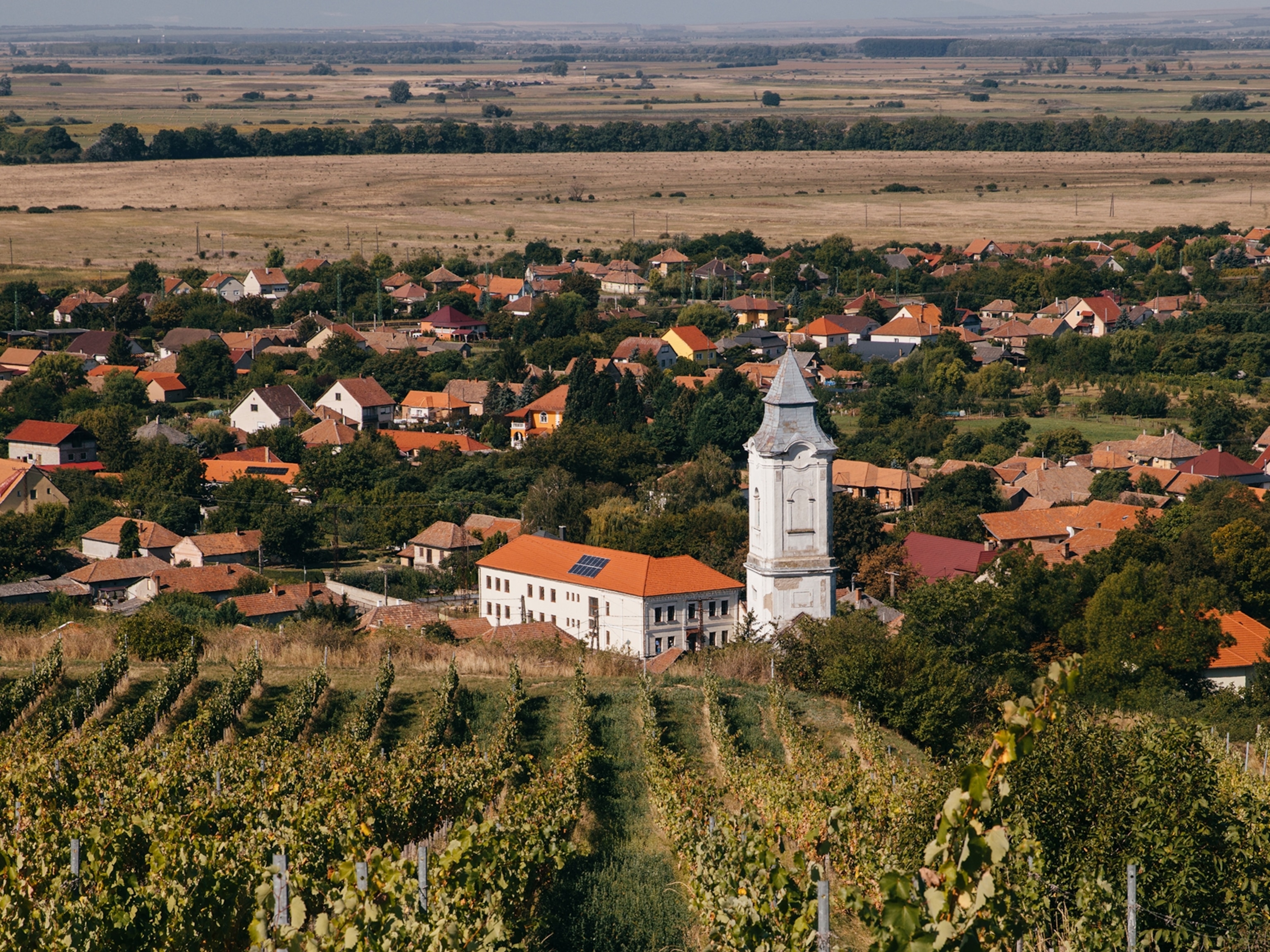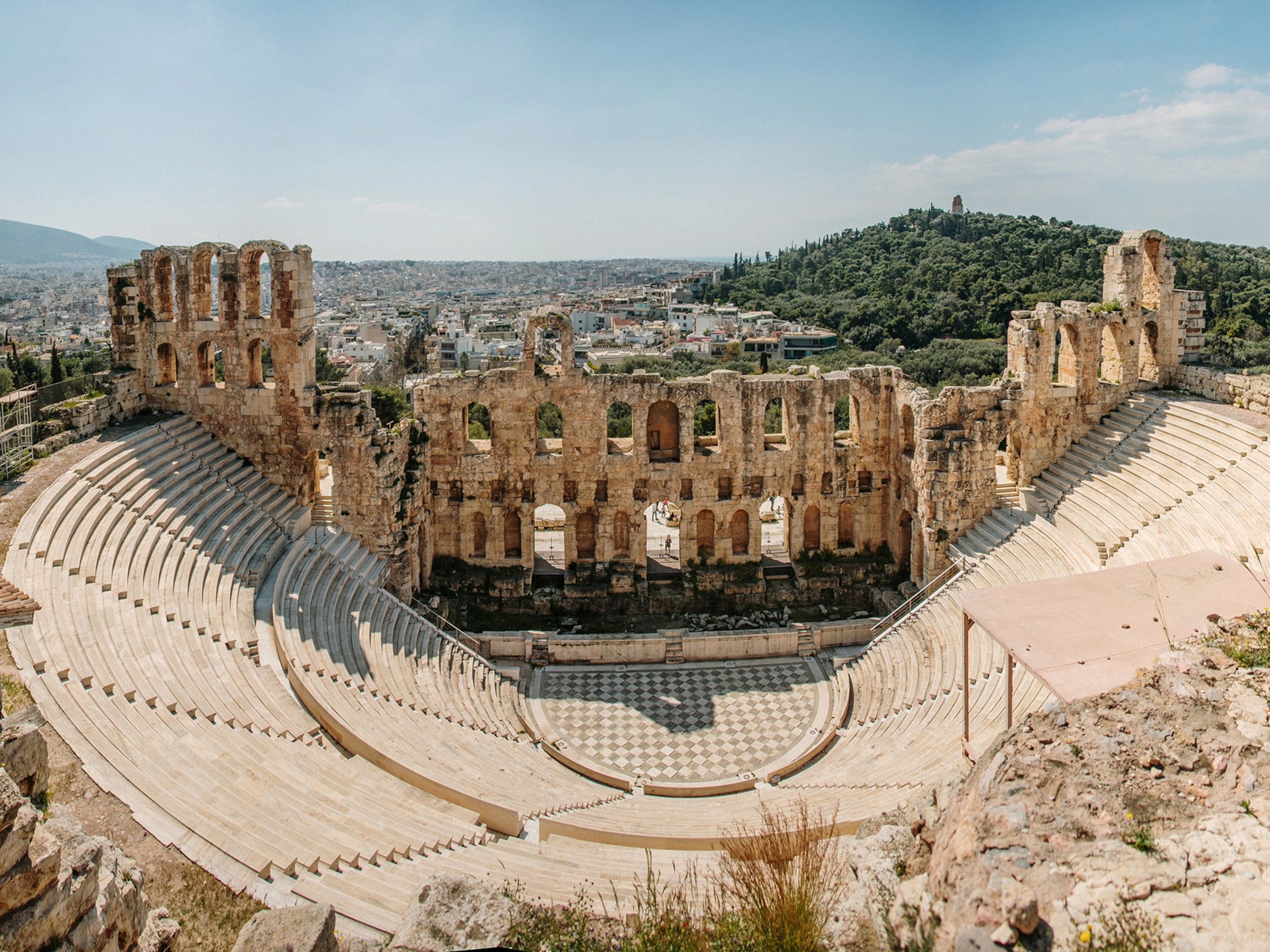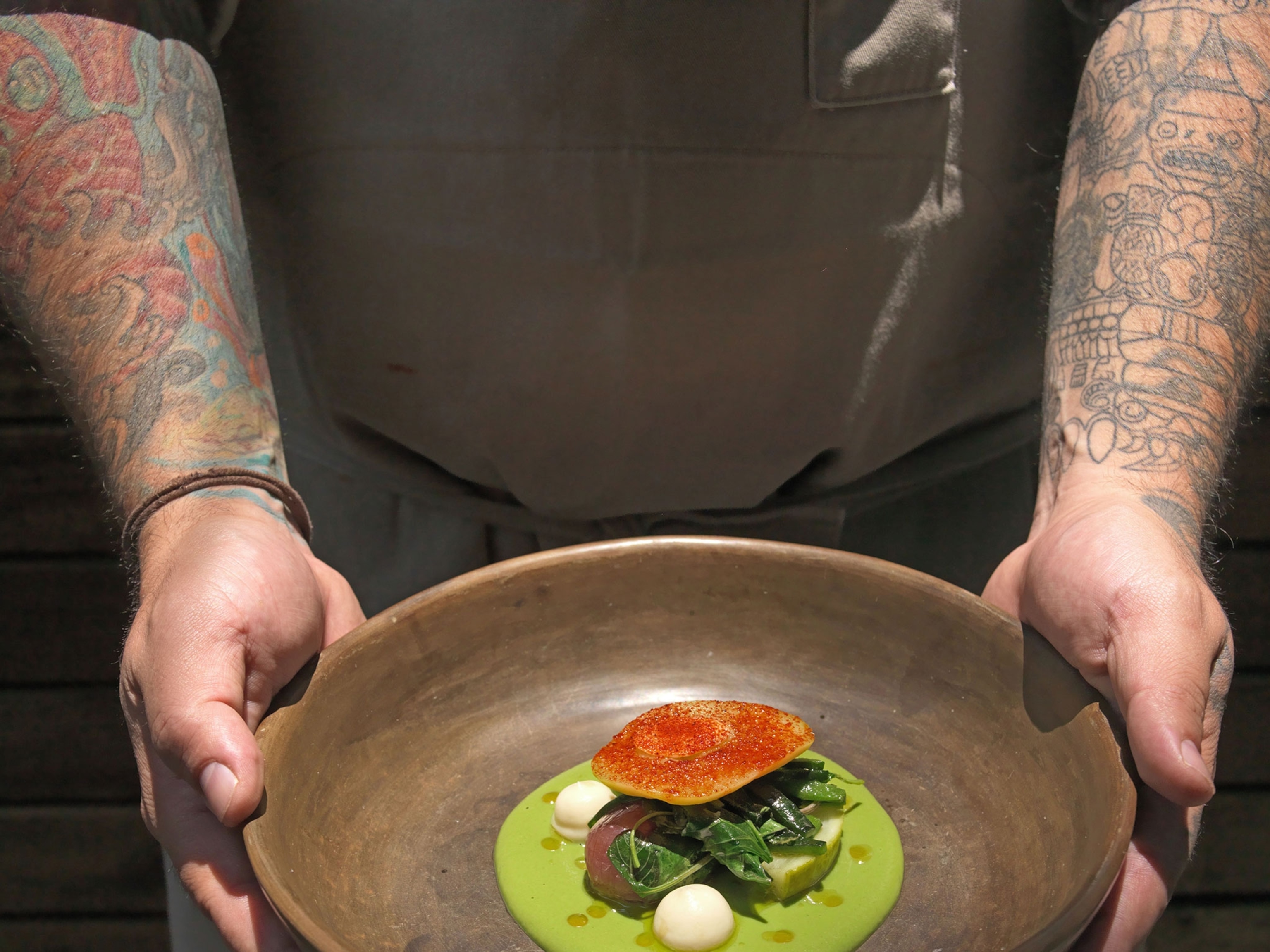Visiting Tokaj is a revelation for any wine lover. Everything about this region in northeastern Hungary—from its unique volcanic soil and microclimate to its indigenous grape varieties and subterranean labyrinth of mold-covered cellars—contributes to its distinctive wines. The area owes its fame to a special strand of fungus called botrytis (or the “noble rot”), the ingredient that transforms the overripe grapes into small, shrivelled raisin-like berries with concentrated sugars and flavors. Noble rot only occurs when weather conditions are perfect, and every autumn winemakers obsess over its pending arrival (or lack of arrival), since sweet aszú wines are only made in years when there is botrytis. These valuable grapes are hand-harvested one grape at a time.
Tokaj is most famous for its impossibly complex sweet wine called Tokaji Aszú. But producers in the region make a wide array of white wines, ranging from bone-dry Furmint to Tokaji Eszencia, a nectar so decadent that the sugar prevents it from fermenting to more than around 4 percent alcohol. For the sweet wines, the concentration in the botrytized grapes makes a rich, deeply golden-colored liquid with flavors that include orange marmalade, hazelnut, bread, dill, citrus, apricot, and honey.

Of Hungary’s 22 wine regions, Tokaj has a special pedigree. A Calvinist priest was the first to describe the aszú-making method in writing in 1630. That same method is still followed today—though with the benefit of better technology. In 1737 the wine growing area in Tokaj was delimited by royal decree, and in 1772 the world’s first vineyard-classification system was developed here. Wine is even mentioned in Hungary’s solemn national anthem, the Himnusz: “And let nectar’s silver rain ripen the grapes of Tokaj soon.”
Tokaj is about a 2.5-hour drive from Budapest, an easy day trip from the capital. Whether you come for the wine or not, it is well worth a visit. The region is a protected UNESCO World Heritage site, and is one of the most beautiful parts of Hungary. Its natural borders—the town of Tokaj in the southwest corner where the Bodrog and Tisza Rivers meet, the Bodrog River to the southeast, and the Zemplén Mountains to the northwest—also contribute to the tendency for botrytis to develop.
There are 28 villages in the region, with vineyards lining the back roads between them. Especially worth seeing are the pretty hamlets of Mád (home to many of the top wineries), Erdőbénye (which has a cluster of promising young winemakers), Tarcal (which boasts several luxury hotels), and Tállya (an inviting village with an old cellar row). Visitors can spot nesting storks atop poles and chimneys throughout the area during spring and summer, and kayakers and canoers enjoy the untouched surroundings on the Bodrog and Tisza Rivers.

The charming town of Tokaj itself—with its statue of a drunken naked reveler, grapes in one hand and a chalice in the other—is the district’s centerpiece. The main square has a backdrop of hills and church spires, and it holds perhaps the most famous cellar in the region. Built at the beginning of the 15th century, the Rákóczi Cellar is where King János Szapolyai was crowned in 1526 in a hall spacious enough to hold more than 100 people.
Tokaj is also an important Jewish heritage area. Jewish traders played a vital role in the production, sale, and transport of wine from Tokaj, contributing enormously to its international recognition across the centuries. Synagogues in Mád and Tokaj have been meticulously restored, and several wineries are located inside the old homes of Jewish wine merchants. Cemeteries, such as the one in Bodrogkeresztúr, are important Hasidic pilgrimage destinations.
- National Geographic Expeditions
Everything in this area comes back to the wine, which is ever present. Tokaji Aszú is exceedingly special, with a long-lingering finish and the potential to age for decades. It even tastes of history. Meanwhile, winemakers are increasingly focusing on the dry Furmints that are starting to find their place in the crowded world of wine, because they are so versatile and sturdy enough to stand up to many different foods. Though Tokaj is the pride of Hungarian wine, it is still a secret to much of the world. Pay a visit to the winemakers here, and they will happily share that secret with you.
Learn more about the Tokaj Wine Region World Heritage site at VisitWorldHeritage.com/Tokaj






